Fire is one of humanity’s greatest discoveries and greatest dangers. It fuels our industries, provides warmth, and sustains life by cooking food. Yet, uncontrolled fire remains one of the leading causes of accidents, injuries, and property loss worldwide. According to the National Fire Protection Association (NFPA), U.S. fire departments respond to more than 1.3 million fires annually, resulting in thousands of civilian deaths and billions in damages.
To manage fire effectively, we must understand its basic requirements for ignition and survival. The Fire Triangle is one of the simplest and most powerful models used in fire science, safety training, and firefighting.
What Is the Fire Triangle?
The Fire Triangle is a fundamental fire science model that explains the three essential components required for a fire to ignite and sustain combustion:
- Fuel: The combustible material that burns. This can be solid (wood, paper), liquid (gasoline, alcohol), or gas (propane, methane).
- Heat: Energy that raises the fuel to its ignition temperature. Heat sources include sparks, friction, open flames, lightning, or electrical currents.
- Oxygen: The oxidizing agent that supports combustion, usually from the air. Normal air contains 21% oxygen, and most fires require at least 16% to burn effectively.
Without all three elements, fire cannot start or continue.
The Science Behind Each Element of the Fire Triangle
Understanding each side of the Fire Triangle in depth is crucial because it reveals why fires behave differently depending on the environment, fuel type, and ignition source. Let’s break it down:
1. Fuel: The Combustible Material
Fuel is the substance that burns, releasing stored chemical energy as heat and light. Its properties strongly influence fire behavior.
- Types of Fuel
- Solids: Wood, coal, textiles, plastics.
- Liquids: Gasoline, diesel, alcohols.
- Gases: Propane, methane, hydrogen.
- Influence of State and Surface Area
- Solids burn more slowly because they must first be heated to produce flammable vapors.
- Liquids with low flash points (e.g., gasoline) ignite easily.
- Gases require no vaporization step and ignite rapidly.
- Smaller particles (like sawdust or grain dust) have greater surface area, igniting much faster than large chunks of fuel, which explains devastating dust explosions in mills and silos.
- Moisture Content
- Moisture absorbs heat energy, making ignition harder. For example, damp firewood produces more smoke and is less likely to ignite compared to dry wood.
2. Heat: The Ignition Source
Heat is the energy that raises fuel to its ignition temperature. Without enough heat, fuel will not undergo combustion, even in oxygen-rich environments.
- Ignition Temperatures
- Each fuel has a characteristic ignition temperature.
- Wood: ~300°C (572°F)
- Gasoline vapor: ~280°C (536°F)
- Paper: ~230°C (446°F)
- Common Sources of Heat
- Open Flames: Matches, lighters, candles.
- Friction: Machinery parts grinding together, overheated brakes.
- Electrical Energy: Short circuits, faulty wiring, lightning.
- Chemical Reactions: Spontaneous combustion from oily rags (oxidation generates heat).
- Radiation: Concentrated sunlight (e.g., magnifying glass on dry leaves).
- Heat Transfer in Fires
- Fires spread by conduction, convection, and radiation.
- Conduction (through metal beams, wires).
- Convection (rising hot gases spreading flames upward).
- Radiation (heat transfer through infrared waves, igniting nearby fuel).
3. Oxygen: The Oxidizing Agent
Oxygen supports the chemical process of oxidation, where fuel combines with oxygen to release energy.
- Atmospheric Oxygen
- Normal air: ~21% oxygen.
- The minimum required for most fires is ~16%.
- Below 16%, combustion becomes weak or extinguishes.
- Oxygen-Rich Environments
- Fires in oxygen-enriched atmospheres (e.g., hospitals using oxygen therapy) burn hotter, faster, and more violently.
- Chemical Oxidizers
- Some materials contain built-in oxidizers and can burn without air:
- Ammonium nitrate (fertilizers, explosives).
- Hydrogen peroxide.
- Rocket propellants.
- Why Oxygen Matters in Firefighting
- Smothering agents, such as CO₂ extinguishers, foam, and fire blankets, work by displacing or blocking oxygen, effectively removing one side of the triangle.
Firefighting and The Fire Triangle
The Fire Triangle is not just a teaching tool; it is the foundation of modern firefighting techniques. Firefighters use these principles every time they respond to an emergency. Since fire cannot survive without fuel, heat, and oxygen, removing one side of the triangle is the primary strategy to extinguish flames.
1. Removing Fuel (Starvation)
Fire requires a continuous supply of combustible material. By cutting off fuel, firefighters can prevent flames from spreading.
- Methods in Practice:
- Creating firebreaks in forests by clearing vegetation.
- Shutting off gas or fuel supply valves in industrial settings.
- Removing nearby flammable materials to stop fire spread.
- Example: In wildland firefighting, bulldozers and controlled burns are used to create “fuel breaks” that halt advancing wildfires.
2. Removing Heat (Cooling)
Lowering the temperature of burning fuel below its ignition point stops combustion.
- Methods in Practice:
- Water application: The most common firefighting tool. Water absorbs large amounts of heat through the process of vaporization.
- Sprinkler systems: Automatically discharge water to cool a fire in buildings.
- Foam systems Provide cooling while also helping to exclude oxygen.
- Example: House fires are often controlled with direct water spray, which reduces heat and prevents rekindling.
3. Removing Oxygen (Smothering)
Fires need oxygen to sustain combustion. Limiting or cutting off the oxygen supply can suffocate the fire.
- Methods in Practice:
- Foam extinguishers create a blanket over liquid fuels.
- Carbon dioxide (CO₂) extinguishers displace oxygen around the flame.
- Fire blankets are used to smother small fires in kitchens or laboratories.
- Example: A burning pan of oil is best extinguished with a lid or fire blanket to block oxygen, rather than water (which can cause explosions).
Historical Development of the Fire Triangle
The Fire Triangle may seem like a simple diagram today, but its origins lie in centuries of evolving fire science. Humans have long sought to explain and control fire, and the Fire Triangle has become one of the most enduring models in this pursuit.
1. Early Understanding of Fire
- Ancient Theories:
- The Greek philosopher Empedocles (5th century BCE) proposed the idea that all matter was made of four elements: earth, air, fire, and water. While not scientific by modern standards, it reflected early attempts to understand the nature of fire.
- For centuries, fire was considered a “basic element” rather than a chemical process.
- Phlogiston Theory (1600s–1700s):
- European chemists believed that combustible materials contained a substance called phlogiston, which was released during combustion. This theory dominated until the late 18th century.
2. Scientific Revolution: Oxygen and Combustion
- In the late 1700s, Antoine Lavoisier (the “Father of Modern Chemistry”) disproved the phlogiston theory by demonstrating that oxygen was required for combustion.
- Lavoisier’s work laid the foundation for the chemical understanding of fire, which states that burning is a reaction between fuel and oxygen, producing heat, light, and combustion products.
3. The Fire Triangle Emerges (20th Century)
- By the early 1900s, fire safety educators began using the triangle model to represent the three essentials for fire: fuel, heat, and oxygen.
- The triangle was a simple yet effective visual tool for training firefighters, industrial workers, and the general public.
- It emphasized the critical prevention principle: remove one side of the triangle, and the fire goes out.
4. Advancing to the Fire Tetrahedron (1960s)
- By the mid-20th century, scientists realized that the Fire Triangle did not fully explain flame propagation.
- Research in combustion chemistry revealed the role of free radical chain reactions in sustaining fire.
- This led to the development of the Fire Tetrahedron, which added a fourth element: the chemical chain reaction.
- The tetrahedron became a more accurate representation for advanced fire science and hazardous materials firefighting.
5. Modern Usage
- Today, the Fire Triangle is still widely used in education and basic fire safety training due to its simplicity.
- The Fire Tetrahedron is used in professional firefighting, industrial safety, and scientific research where a deeper understanding of combustion is necessary.
- Both models continue to complement each other:
- The triangle teaches prevention and basic control.
- The tetrahedron explains why certain fires (chemical, gas, or metal fires) behave unpredictably.
Applications of the Fire Triangle
The Fire Triangle is more than a theoretical model; it is a practical tool used worldwide to enhance fire prevention, safety training, and firefighting strategies. Its simplicity makes it effective for teaching the basics of fire behavior, while its principles guide life-saving actions in real emergencies.
1. Fire Safety Education
- Schools & Community Training: The Fire Triangle is widely used to teach children and the general public about fire prevention. By demonstrating that fire requires fuel, heat, and oxygen, learners understand that removing any one of these elements can extinguish a fire.
- Awareness Campaigns: Fire safety organizations (like NFPA and OSHA) use the triangle in posters, infographics, and training manuals.
Example: “Stop, Drop, and Roll” drills explain how cutting off oxygen (smothering flames) can save lives in clothing fires.
2. Workplace Safety & Industry
- Occupational Safety: Industries rely on the Fire Triangle to assess risks where fuels, heat sources, and oxygen overlap.
- OSHA Training: Workers in construction, manufacturing, and chemical plants are trained using the triangle to understand fire hazards.
- Risk Assessments: Safety officers map out where fuel sources (e.g., solvents), heat sources (e.g., machinery), and oxygen sources interact to design preventive measures.
Example: Oil refineries store fuels in controlled environments, minimize heat sources, and use inert gases to reduce oxygen exposure.
3. Firefighting Strategy
Every firefighting action is based on breaking the Fire Triangle:
- Starvation (fuel removal): Clearing vegetation or shutting gas valves.
- Cooling (heat removal): Water sprays and sprinkler systems.
- Smothering (oxygen removal): Foam, CO₂, or blankets.
Example: In wildland firefighting, controlled burns remove vegetation (fuel) ahead of the main fire to stop its advance.
4. Industrial and Scientific Applications
- Chemical Safety: Fire Triangle principles help classify fires and choose the correct extinguishers (e.g., CO₂ for electrical fires).
- Laboratory Work: Scientists working with flammable chemicals are trained to minimize at least one element of the triangle at all times.
- Engineering Design: Ventilation systems in hazardous facilities are designed to prevent oxygen-rich environments that increase fire risks.
Example: In aircraft hangars, specialized foam systems simultaneously cool fuel and block oxygen, reflecting a dual Fire Triangle approach.
5. Emergency Planning & Public Safety
- Disaster Preparedness: Emergency planners use the triangle to design evacuation protocols and community firebreaks.
- Residential Safety: Simple household practices, such as storing matches safely (to prevent fuel ignition) and installing smoke alarms to detect heat early, stem directly from Fire Triangle awareness.
Example: In California wildfires, public agencies emphasize clearing dry brush (fuel) around homes as a preventive measure.
Key Safety Tips from the Fire Triangle
Understanding the Fire Triangle is not just theory; it’s a life-saving framework. By keeping in mind that every fire needs fuel, heat, and oxygen, you can take practical steps to reduce risks and respond effectively.
1. Controlling Fuel Sources
- Store flammable liquids (such as gasoline, solvents, and cleaning chemicals) in approved, sealed containers.
- Keep combustible materials (such as paper, cardboard, and cloth) away from stoves, heaters, and candles.
- Maintain safe, clear zones around homes in wildfire-prone areas by removing dry vegetation.
- Dispose of oily rags properly to prevent spontaneous combustion.
2. Managing Heat Sources
- Never leave cooking unattended; kitchen fires are among the most common household fires.
- Avoid overloading electrical circuits and repair faulty wiring promptly to prevent potential hazards.
- Keep heating equipment (space heaters, fireplaces) clean and away from combustible items.
- Use spark arresters in industries or near forests where sparks could ignite dry fuel.
3. Controlling Oxygen Supply
- Avoid smoking or using open flames near oxygen-enriched environments (like hospitals).
- Keep fire doors closed to prevent oxygen from feeding flames in buildings.
- Use the correct extinguishers — foam, CO₂, or fire blankets — to cut off oxygen when tackling small fires.
- Learn about the importance of ventilation control in preventing the spread of fire in homes and workplaces.
4. Prevention Through Awareness
- Install smoke detectors in all major rooms and test them monthly to ensure they are functioning properly.
- Keep a fire extinguisher accessible and know how to use it (PASS method: Pull, Aim, Squeeze, Sweep).
- Practice fire drills at work, school, and home so everyone knows how to respond quickly.
- Create an emergency plan that includes evacuation routes and meeting points.
Conclusion
The Fire Triangle is more than a simple diagram, it is a timeless framework that explains how and why fires ignite, spread, and can be extinguished. By understanding the three critical elements of fuel, heat, and oxygen, we gain the power to prevent accidents, protect lives, and minimize damage. Whether used in classrooms, workplaces, or on the frontline of firefighting, the Fire Triangle remains a universal tool for safety education and emergency response. And while modern science has advanced toward the Fire Tetrahedron, the original triangle remains the foundation of fire safety awareness. Ultimately, mastering the Fire Triangle entails mastering the first and most crucial step toward a safer, fire-resilient world.



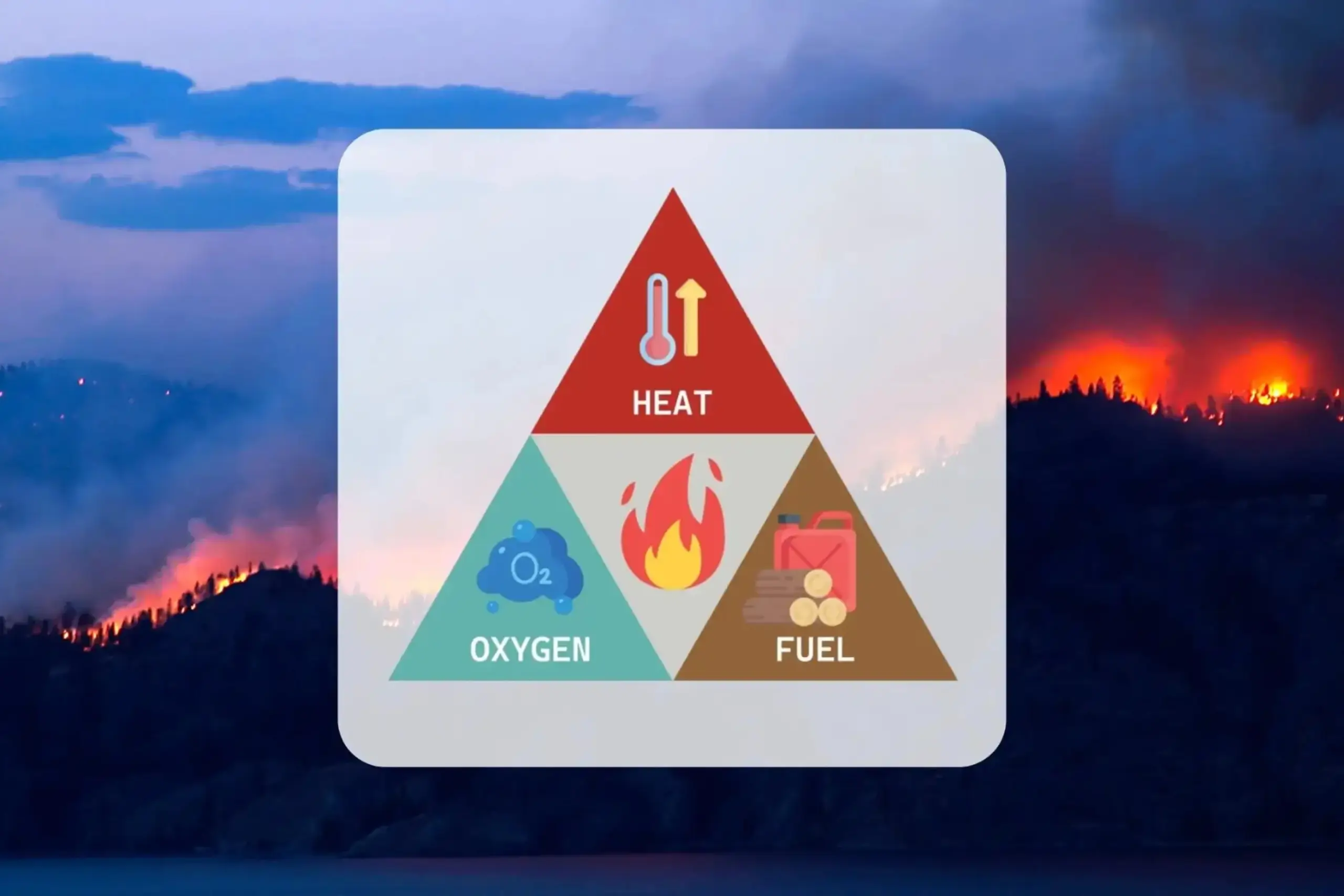





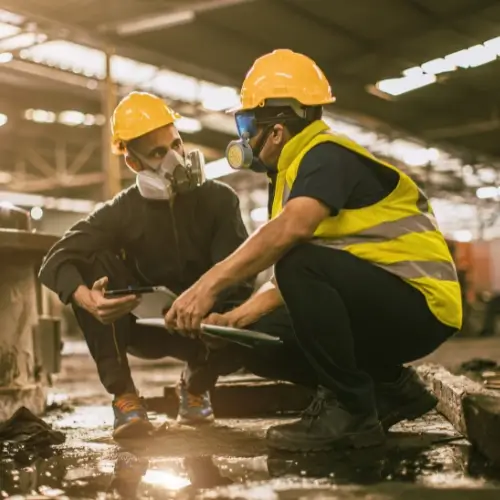
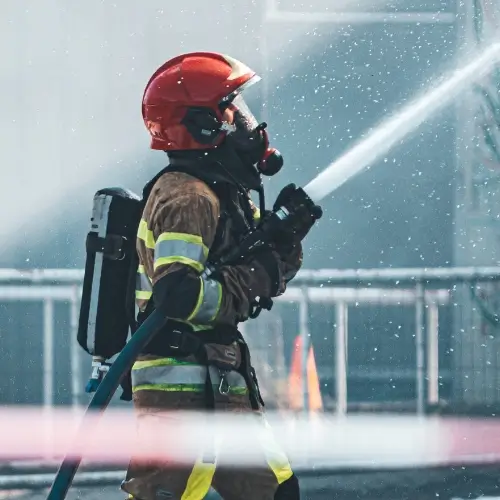



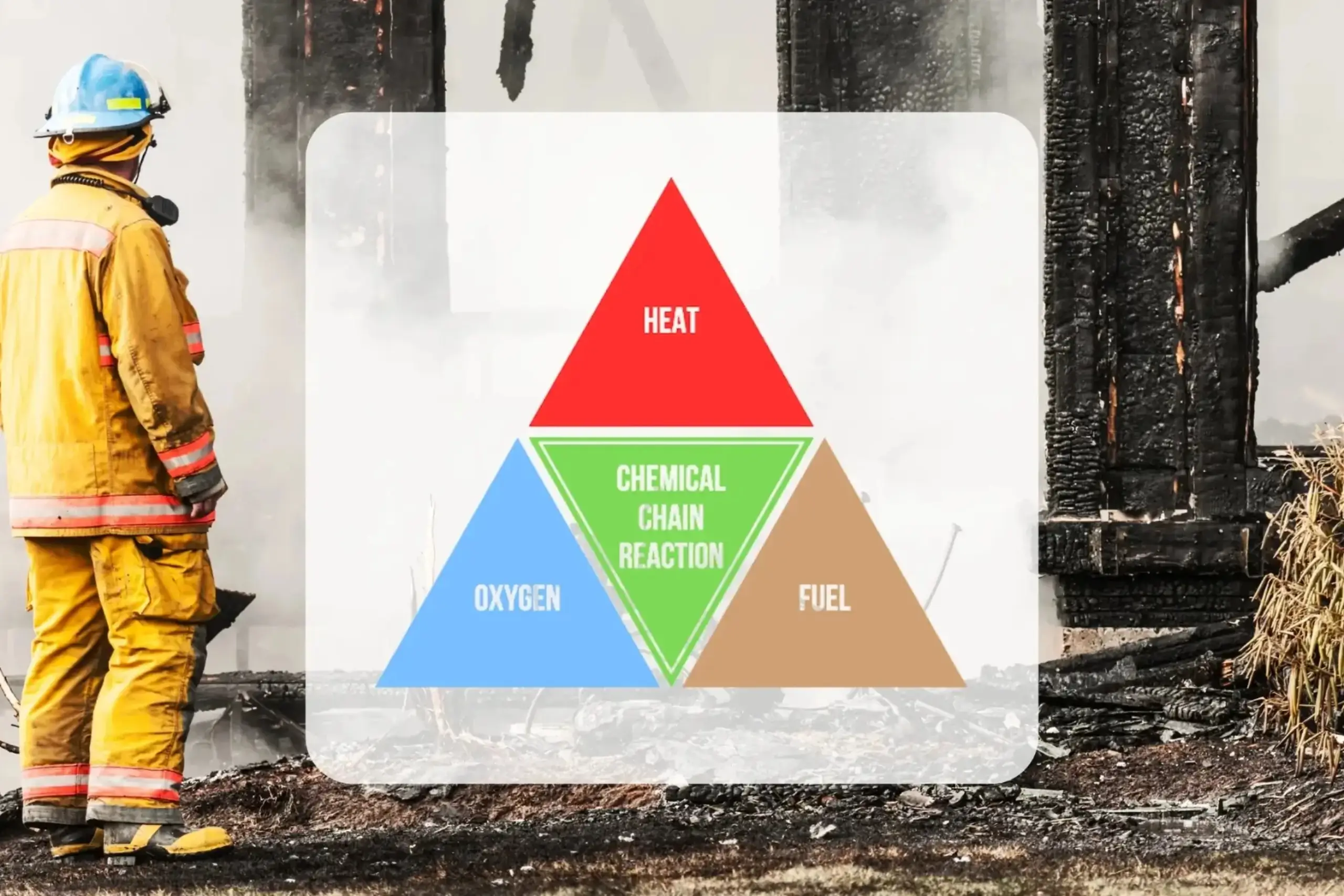

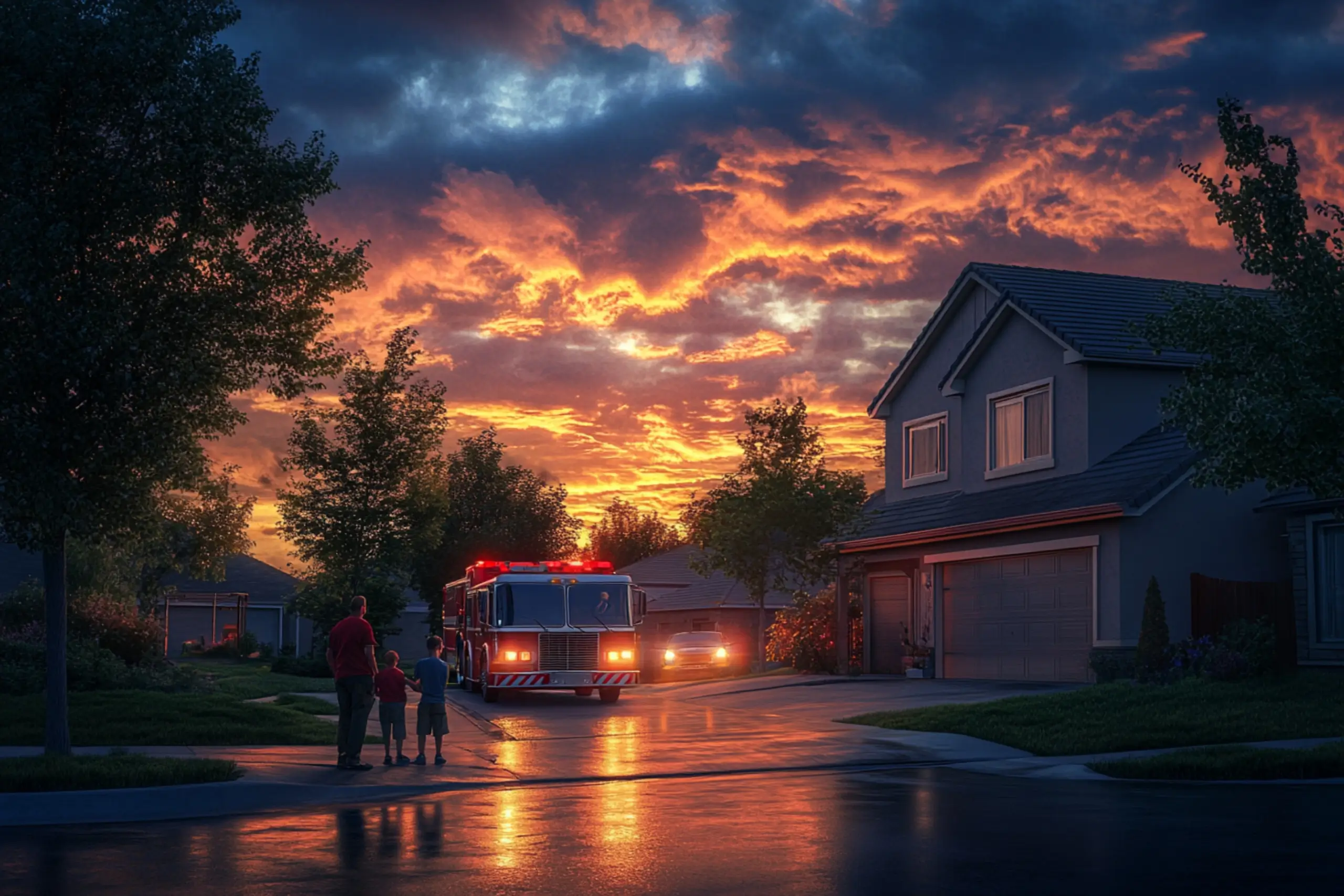

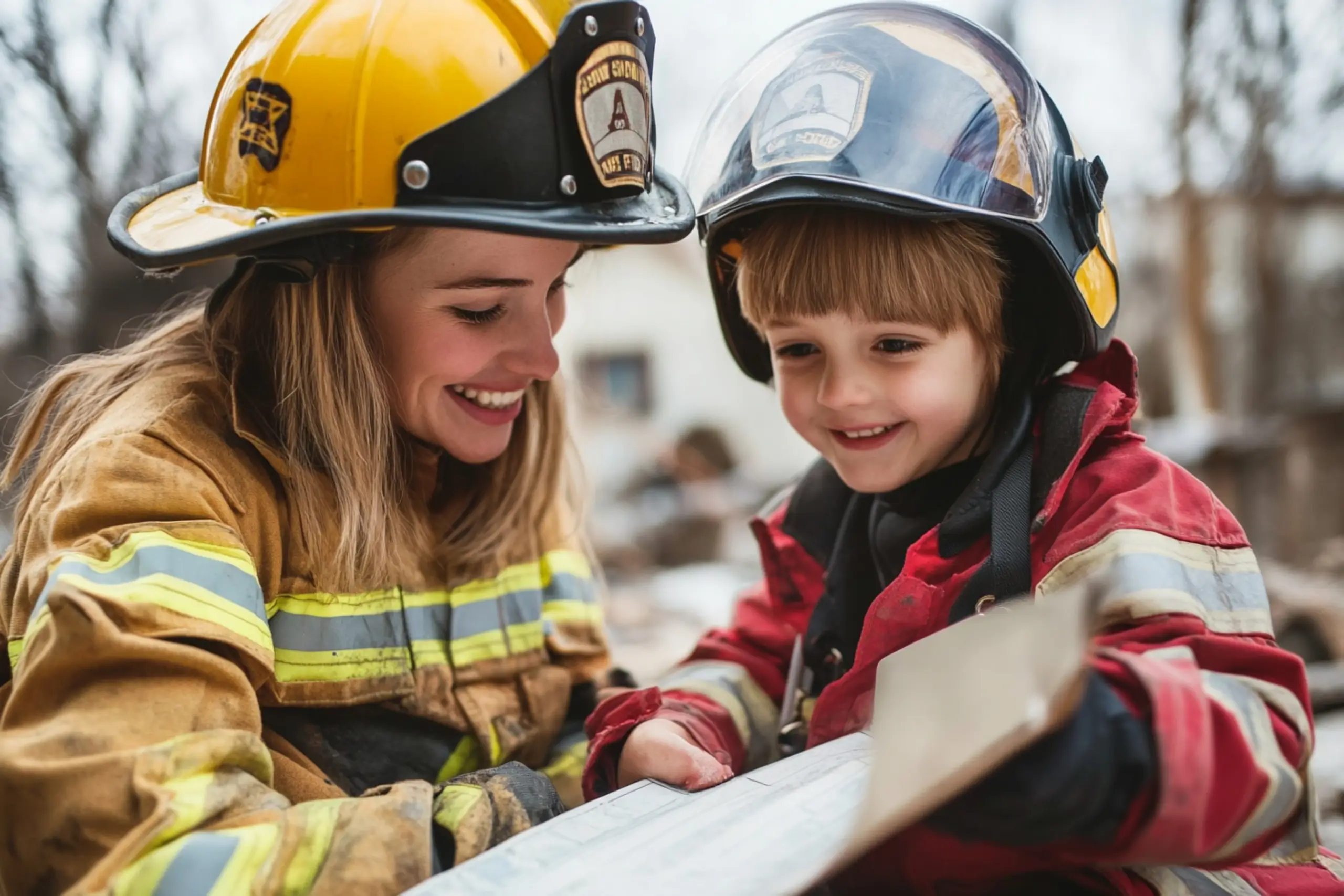

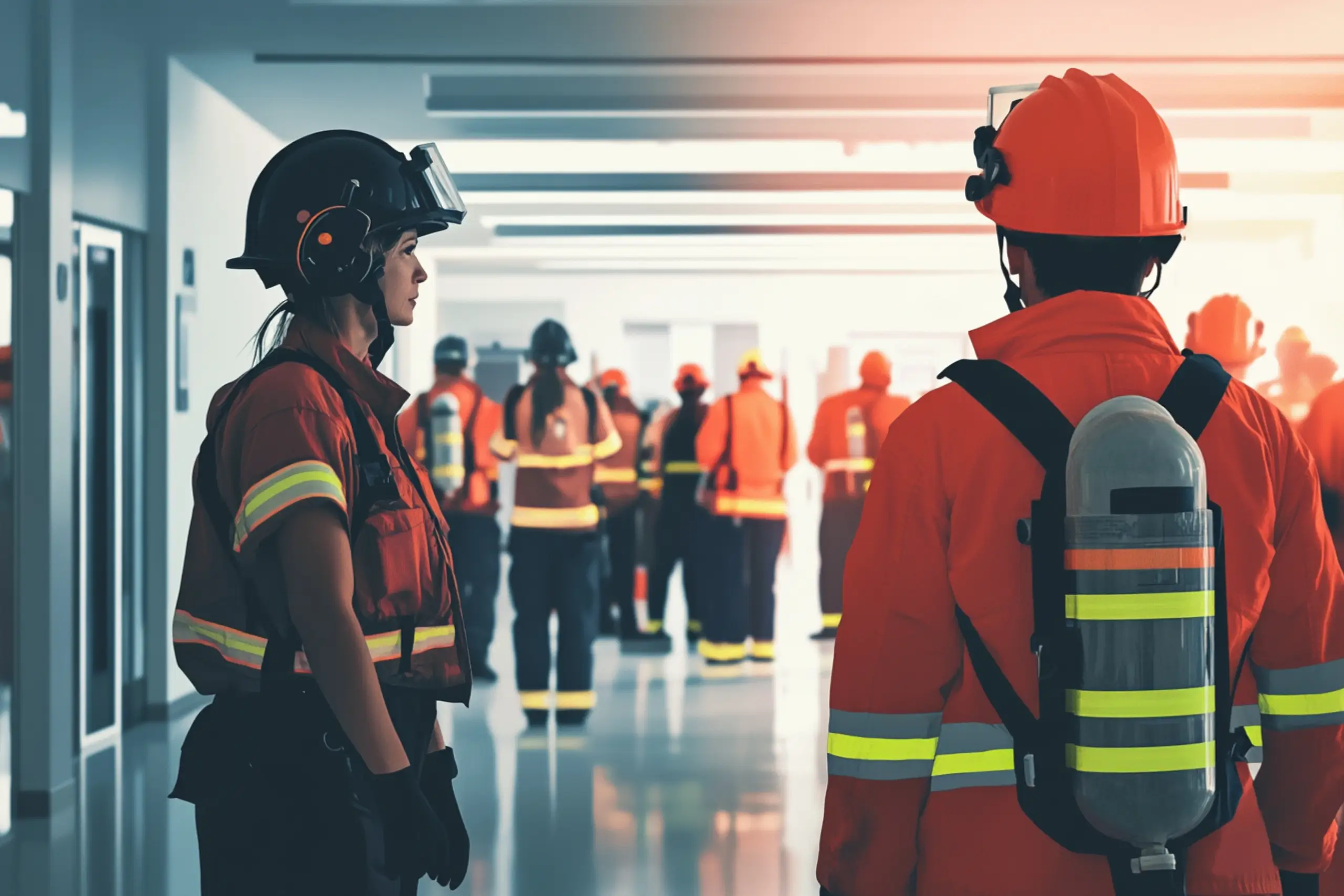

Discussion & Comments